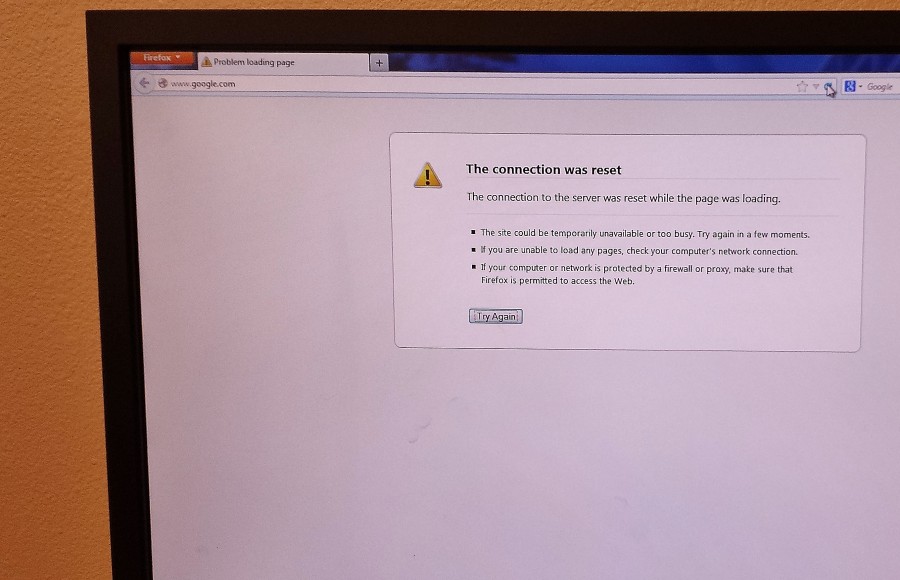“Cannot connect to network” is one of the most frustrating notifications that can pop up on the screen of a web browser.
Many students who own smartphones have had this experience before when connecting to Wi-Fi networks outside their homes. The Wi-Fi networks in schools have a reputation of a weak connection all over the country, an issue that is proving to be significant when combined with the modern uses of technology in education.
At Carlmont, students often use the Internet for both educational and personal purposes. Some classes use Chromebooks, small computers that can be utilized in place of a trip to the computer lab.
Other courses are based in the computer labs, and face considerable consequences to their classwork when the Internet is unavailable.
There are three networks on campus: one for staff members, one for students, and one for guests. None of the three are particularly strong at the moment, an issue that has been noted by administration.
“We have been working with the new technology head, Mr. Fishstrom, on identifying the weak spots of Wi-Fi connection,” said instructional vice principal Ralph Crame. “Our first priority is to reinforce the connection in those places, then move on to improving it across campus by putting hotspots nearby.”
With the introduction of Smarter Balanced testing to Carlmont, a better Wi-Fi connection is becoming even more necessary. Smarter Balanced testing implements Common Core standards, and is administered online using computers.
“Using the Smarter Balanced tests means we’re going to have to get tons of students all on computers at the same time,” said algebra teacher Laura Robeck. “That’s going to be a disaster.”
Administration acknowledged the worries about adopting the Smarter Balanced testing with the current Wi-Fi, and has made plans to work on its improvement. “After building up the Internet in the weakest places, our next targets are the classrooms where Smarter Balanced tests will be taken,” said Crame.
Besides educational uses, many students access the school Wi-Fi on their smartphones in order to conserve on their data usage. Although the main purpose of the network is not for personal use, many students appreciate being able to use it on their own devices.
Sophomore Aleyna Isik said, “My phone won’t connect to the school Wi-Fi, which can be really annoying because then I have to use my data. If the network were better I would definitely want to be able to connect at school.”
According to Crame, the plans for future improvement include ideas like creating a single Wi-Fi network that is accessed by login through students’ Infinite Campus information.
“It would be really nice if the Wi-Fi at school were better,” said junior Caleb Engelhardt. “Saving on personal data plans and being able to use the educational tools and resources available online would be a huge benefit to Carlmont students.”


